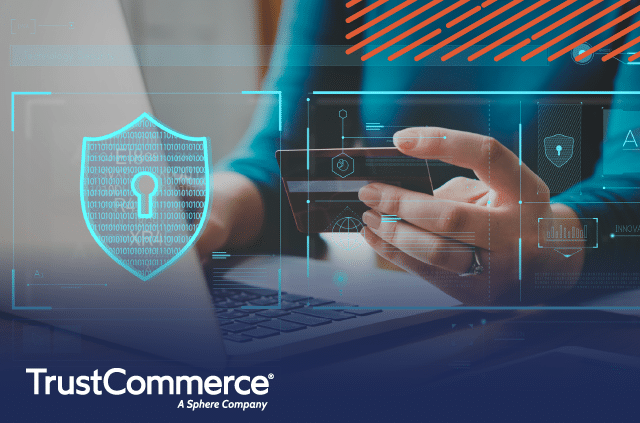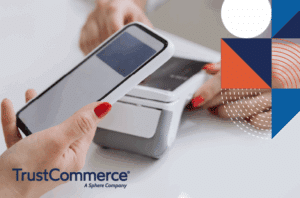Faced with a tsunami of exhausted resources, shortened staff, and squeezed margins, healthcare organizations are more vulnerable than ever to cyberattacks and the resulting healthcare data breaches.
To earn and retain patients’ trust, it is vital that healthcare providers and their business partners protect sensitive payment and health data, which is often a target of criminal cyberattacks. For many providers, protecting patient payment information has grown more difficult as the payments landscape evolves to feature new options such as digital wallets and mobile apps.
Recent research from IBM places the problem in context for the U.S., as well as the healthcare industry: In 2022, for the 12th consecutive year, the average cost of a data breach was higher in the U.S. ($9.44 million) than in any other country, more than double the global average of $4.35 million.
Last year, data breaches in the healthcare industry experienced the highest average cost of any industry at $10.1 million, and healthcare data breaches have increased 42% since 2020. Further, in 2022, it took an average of 277 days to identify and contain a breach, according to IBM.
How TrustCommerce can help
Providers can be confident they are keeping patient data safe with TrustCommerce’s single payment platform that covers the full spectrum of payment security for patients, with touch-free, digital payments and broad payment acceptance functionality, elite-level security, and expert support throughout the payments lifecycle.
What are the best ways to protect patient payments?
1.) Minimize PCI DSS scope: When providers minimize the amount of card information in their possession, they lessen exposure to legal liability resulting from healthcare data breaches. By leveraging TrustCommerce’s secure payment solutions, providers can reduce PCI DSS scope while addressing the requirements of the HIPAA security rule to ensure the security of healthcare-related payment transaction data.
2.) Employ validated point-to-point encryption: Validated point-to-point encryption protects credit and debit card payments by encrypting payment data within a device certified under the PCI PIN Transaction Security (PTS) program for Secure Reading Exchange of Data (SRED). No clear-text cardholder data is accessible in the device, in transit, or within a merchant’s system. Encrypting at the point of interaction makes sensitive information undecipherable and useless to hackers.
3.) Safely store cardholder data with tokenization: Data tokenization replaces cardholder data with a unique identifier known as a token. This allows medical practices to safely and securely process customer payments without storing sensitive payment information on their own servers.
4.) Use encrypting devices for staff-assisted payments: When staff members or call centers accept phone payments and key-enter relevant numbers by hand, it is essential that payment platforms offer payment security by encrypting card data upon entry.
To learn more about TrustCommerce’s secure payment processing, schedule a free demo today.






